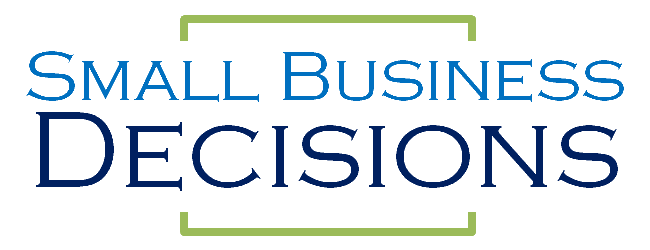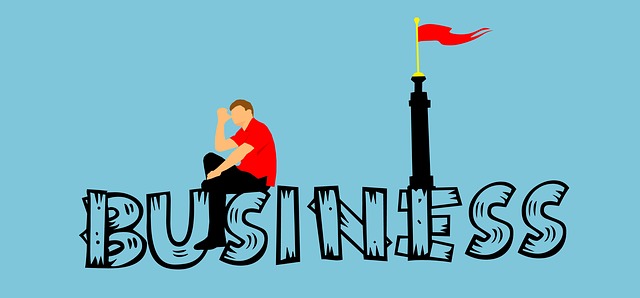Market Testing is one of the first things a good business will do to ensure that there are customers who are willing to pay for a product in a specific segment. If you are considering developing a product or you have a great idea, make sure you do some market testing before spending tons of time and money developing a product.
In one painful personal situation, I had a product idea that I had played with off and on for several years. When my personal situation was appropriate for starting another new business, we made a mockup of the product and I pitched it to a few potential customers. I quickly found out that the price customers would be willing to pay was significantly lower than I expected. AND that one of the market leaders in that industry had launched almost the exact product as an add-in to their existing products. As painful as that knowledge was, I am incredibly thankful that we didn’t spend six to twelve months developing a product that had significantly less market viability than I knew.
Benefits and Goals of Market Testing:
Market testing helps you prove several things:
- The market you are targeting exists
- You have the ability to reach the market you are targeting
- You can determine preliminary pricing
Market testing also helps develop some initial customers which can be extremely useful for:
- Customer voices, use cases, pain points
- Product testers, also known as beta testing
- Developing initial brand loyalty – customers who are “in the know” before a product launches tend to be fiercely loyal
- Pre-orders or some level of initial purchase volume, which looks fantastic for investor relations and your cash flow projections
- Filling in and working through your Customer Funnel
Methods of Market Testing:
There are any number of ways you can go about doing market testing. The main point is to ensure that you are accomplishing as many of the goals of market testing that we talked about above. I have three specific examples that might give you ideas:
Engagement Ads
(Not to be confused with Google’s methods of payment) Engagement ads are primarily used in social media or online situations where the goal of the ad is to see what type of response customers will have to a product, even if the product isn’t ready to go. This can range from asking a customer for a social response or comment if they’re interested in a product to having a skeleton website where the ordering system is broken, but you can still track and maintain information. Zappos Founder Nick Swinmurn has a great story about how Zappos started by selling shoes online that he could buy from shoe stores down the road from where he lived. He’d make a sale, then go to the store and pay full retail for the products. The key was that he knew he could sell shoes online at that point.
New Customer Interviews
This is going to sound pre-mature, but go try to sell the product before it exists… just admit during the pitch or ad that you’re still in startup mode. At the end, instead of asking for a sale, ask your new customer to answer some questions and if they’re willing to be on your contact list for testing or for launch. Your conversation gets really interesting when it’s more about what the product might do than what the actual product is. People like to talk about things that are possible and what their pain points are. Give them a chance to complain to a listening ear and you might just get the next great idea.
Existing Customer Interviews
This is a luxury that established companies have, specifically if your development timeline is similar to your customer’s timeline. You will be thinking about your next product phase at the same time as your customer. Alternatively, you can always ask existing customers if they’d be willing to discuss new product options. People feel valued when you ask for their opinion and mean it.


